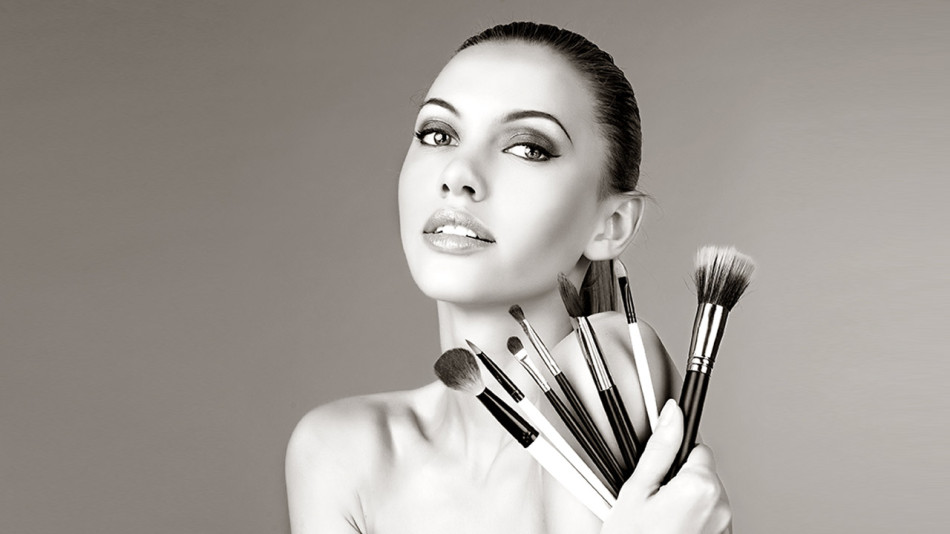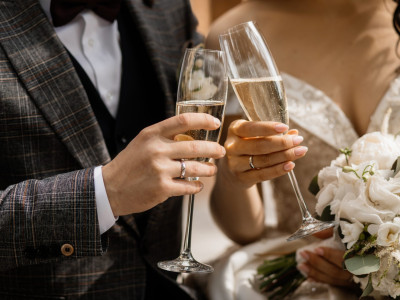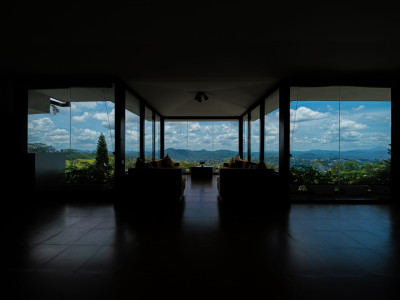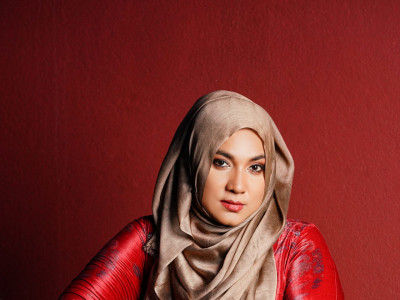
Let’s Cover Up – Corrective Makeup Techniques for a Flawless Face
December 08, 2023 by admin 0 comments
What is corrective makeup?
Corrective makeup is a technique that makes use of light and dark shades and colors to highlight and contour our features, creating the illusion of better balance and proportion. For instance, you can use corrective techniques to make a narrow top lip appear to be fuller, and to work with unequal eyebrows to give them a more symmetrical appearance.
The term corrective makeup is sometimes confused with the term camouflage makeup, which is applied to conceal scars, hyper pigmented (darker) areas and other features that a bride wishes to hide. When working with corrective makeup, keep a few basic tips in mind:
Highlighting emphasizes a feature
Shadowing minimizes a feature, making it less noticeable
Blend, blend, blend your makeup to create a seamless transformation between corrected areas
Corrective Makeup You Need
Depending on the areas you plan to work with, you may need wider selections of makeup and supplies. A few include:
Lip lining pencils in dark, medium, light
A variety of foundation colors and shades
Concealers in light and darker shades
Light to dark eye shadows and eye liner pencils, including browns and grays
Translucent powder
Makeup sponges; brushes and applicators
Tweezers
Corrective Makeup Techniques for the Eyes
Lengthen round eyes by extending shadow beyond the outer corners
Make close-set eyes appear farther apart by placing light shadow in the lids near the nose, and darker shadow on the outer edges of the lids
Use light, reflective colors in the crease to make deep set eyes emerge; use darker colors sparingly
Extend shadow ever so slightly beyond the side of each eye to make small eyes look larger
Make prominent eyes less noticeable by blending a medium to dark shadow over the most prominent part of the eyelid, and blending it upward towards the brow
Corrective Makeup Techniques for the Face
Round or Square Face: Blend a darker foundation on the outer edges of temples, then along the cheekbones and jawline. Use lighter foundation along the center of the face, from the forehead to the tip of your chin.
Narrow Face: Use a light foundation on the outer edges of your cheekbones.
Wide Jaw: Use a darker foundation below the cheekbones and alongside the jawline.
Receding Chin: Use a lighter foundation to highlight the chin.
Double Chin: Use a darker foundation to shade under the jawline and over the double chin.
To Get the Perfect Brow
Draw three imaginary lines:
A vertical line alongside the inner corner of the eye and side of nose (this is where the inner brow should end)
A vertical line on the outside edge of the iris (this is where the highest point of the arch should be)
A diagonal line starting at one corner of the nose and crossing the outer corner of the eye on the same side (line will extend past the brow to indicate where the brow should end)
Corrective Makeup Tips for Eyebrows
High arches make your face appear narrower, which could be a good thing for a round face, but not as desirable for a face that’s already very narrow. To adjust a high arch, remove extra hair from its top and fill-in under the eyebrow with pencil or shadow.
Add visual height to a low forehead by decreasing the arch.
Make your eyes appear farther apart by widening the distance between the brows and extending the brows slightly outward.
Corrective Makeup Techniques for Lips
Make a thin upper lip appear fuller by lining it with a lip lining pencil (stay on the outermost area of the lip — extending too far looks artificial) and then filling in with lip color; reverse the procedure for a thin lower lip
When both lips are thin, line both with a pencil (do not go far past the natural lip line) and fill in with light lipstick to make lips appear larger
Too-full lips: use a lip liner to draw a line just inside the natural lip line; fill in with soft colors, avoiding frosty or glossy lipsticks that attract attention
Drooping corners: line the lips, focusing on building up the corners; fill in with a soft colour.



